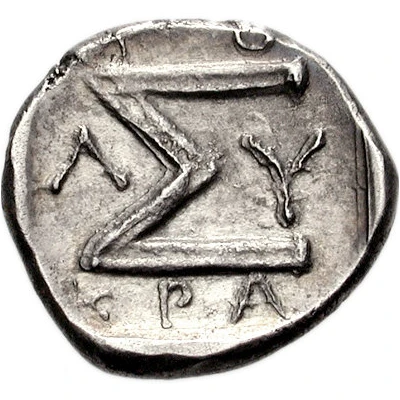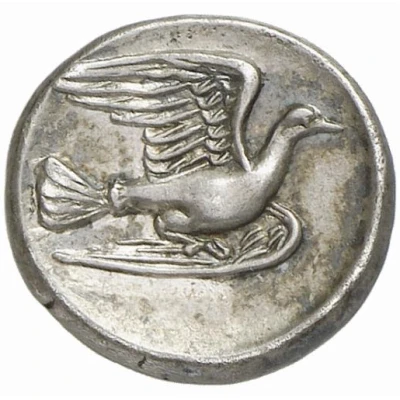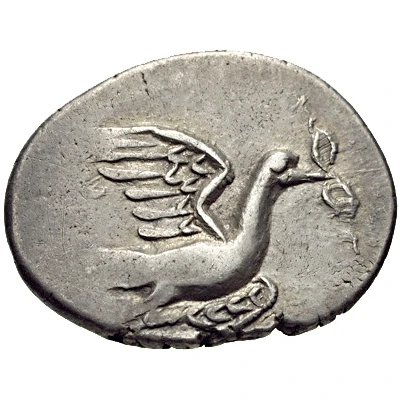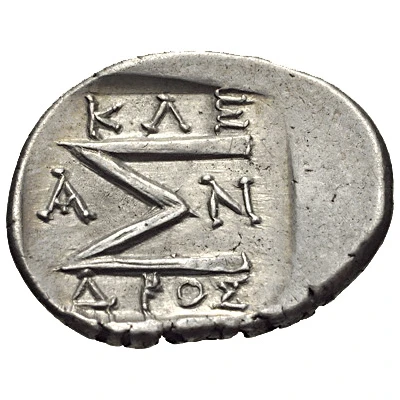


© Classical Numismatic Group, Inc.
Triobol 100 BC - 60 BC
| Silver | 2.19 g | 14.0 mm |
| Issuer | Sikyon (Sikyonia) |
|---|---|
| Type | Standard circulation coin |
| Years | 100 BC - 60 BC |
| Value | 1 Triobol = ½ Drachm |
| Currency | Drachm |
| Composition | Silver |
| Weight | 2.19 g |
| Diameter | 14.0 mm |
| Shape | Round (irregular) |
| Technique | Hammered, Incuse |
| Demonetized | Yes |
| Updated | 2024-10-10 |
| Numista | N#149500 |
|---|---|
| Rarity index | 100% |
Reverse
Large Σ, magistrate’s name around and all within incuse square
Script: Greek
Lettering:
Σ
ΠΟΛΥΚΡΑ
Interesting fact
The Triobol coin from Sikyon was used as a form of currency in ancient Greece during the 1st century BC. The coin's name "Triobol" comes from the Greek word "triobolos," which means "three-piece." This name refers to the fact that the coin was made up of three separate pieces: two outer pieces and one inner piece. The outer pieces were made of silver, while the inner piece was made of a copper-like metal called "billon." This unique design made the Triobol coin easily identifiable and helped to prevent counterfeiting.



